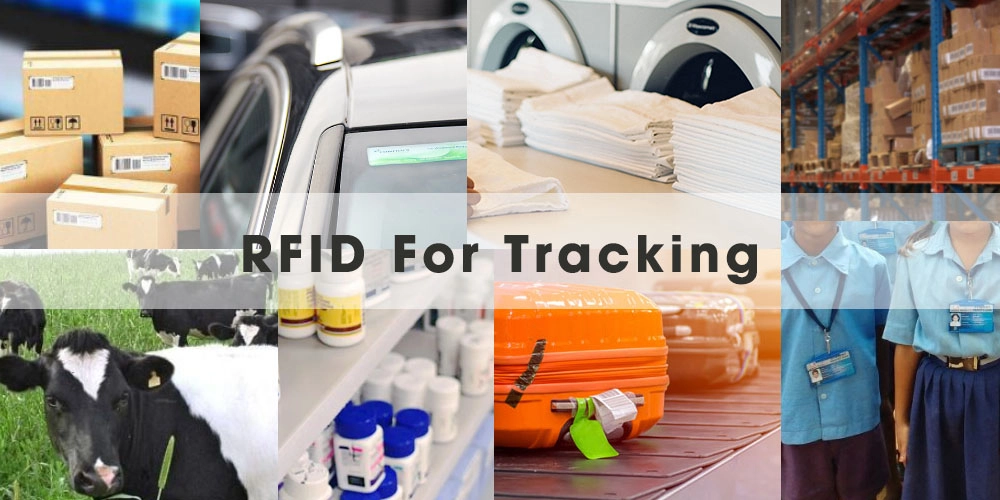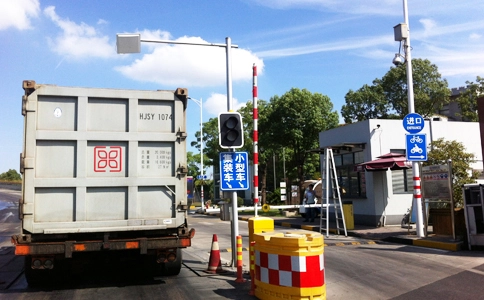Ultra High Frequency (UHF) RFID is a radio frequency technology that is widely used in hotels, laundries, cloth, logistics, warehousing, retail, manufacturing, medical and other fields. The UHF reading distance is generally 3-5 metres and up to 20 metres. If with the external access antenna, it is possible to read longer distances, like the multi-port rfid reader, longer distance if it connect with bigger gain rfid antenna.

How far is the UHF RFID working recognition distance?
UHF RFID supports reading multiple tags at once, fast reading and writing speed, and large data capacity. In most cases the reading distance is more than 1 metre, depending on the working frequency of the RFID system, the greater the frequency the greater the reading distance.
UHF RFID is through the use of frequency or “wave” to identify. The read range of a UHF tag reader can be affected by various factors, including:
1. Frequency and power
The frequency and power used by the reader can affect its read range. UHF RFID readers typically operate at frequencies between 902-928 MHz in the US and 865-868 MHz in Europe, with maximum power output limited by regulations.
2. Antenna design
The design of the reader’s antenna can affect its read range. The size, shape, gain, and polarization of the antenna can influence the signal strength and directionality.
3. Tag orientation
The orientation of the tag relative to the reader’s antenna can affect its readability. If the tag is not facing the reader’s antenna or is positioned at an angle, it can reduce the read range.
4. Tag type
The type of tag being used can affect the read range. Some tags have better read ranges than others, depending on their design, size, and frequency.
5. Interference
Other radio frequency (RF) devices operating in the same frequency band can cause interference and reduce the reader’s ability to read tags.
6. Environmental factors
The physical environment in which the reader is being used can affect its read range. Factors such as metal objects, walls, and other obstacles can reflect or absorb RF signals, reducing the reader’s range and performance.
7. Reader’s settings
The reader’s settings, such as the read power and sensitivity, can affect its read range. Adjusting these settings can optimize the reader’s performance for specific environments and applications.
It’s important to consider these factors when designing an RFID system and to test the reader in the actual operating environment to determine its maximum read range and read rate.
How can I determine the maximum read range of a UHF tag reader?

To determine the maximum read range of a UHF tag reader, you can perform a range test in the actual operating environment. Here are the steps you can follow:
1. Set up the reader and antennas in the environment where you plan to use them. Make sure that the antennas are positioned correctly and connected to the reader.
2. Place the RFID tags at various distances from the reader, starting at a close distance and gradually increasing the distance.
3. Activate the reader and record the distance at which each tag is read successfully. Keep in mind that the read range can vary depending on the type of tag, its orientation, and other environmental factors.
4. Repeat the test multiple times to ensure consistent results.
5. Analyze the data to determine the maximum read range of the reader in the specific operating environment.
It’s important to note that the read range can be affected by various factors, such as tag density, interference, and environmental conditions. Therefore, it’s best to test the reader in the actual operating environment to get an accurate estimate of its maximum read range.
If you have questions about our RFID Readers, or which RFID Tags work best with them please feel free to contact our experts who would be happy to help!